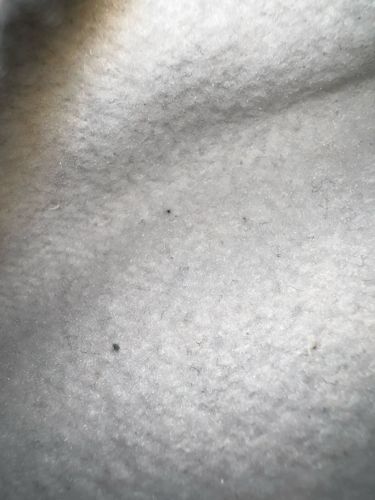Fungus Gnat
Scientific Name: Bradysia spp. or Sciara spp.
Order & Family: Diptera, Sciaridae (dark-winged fungus gnats, most common indoor species) or Mycetophilidae (fungus gnats)
Size: 1-8 mm (typically 2-3 mm) in length

Natural Habitat
Damp, organic-rich environments; commonly found near potted plants, rotting wood, or compost. Indoors, they thrive in moist potting mix.
Diet & Feeding
Larvae feed on fungi, decaying organic matter, and plant roots (especially in moist soil). Adults generally do not feed or feed on liquids.
Behavior Patterns
Adults are weak, erratic fliers often seen near potted plants or windows. Larvae develop in moist soil or decaying matter. They have a short life cycle (around 3-4 weeks) and can reproduce rapidly in favorable conditions.
Risks & Benefits
Risks: Larvae can damage plant roots, especially in young or stressed plants, leading to wilting and poor growth. Large infestations can be annoying. Benefits: They play a role in decomposition by consuming fungi and decaying organic matter.
Identified on: 10/22/2025